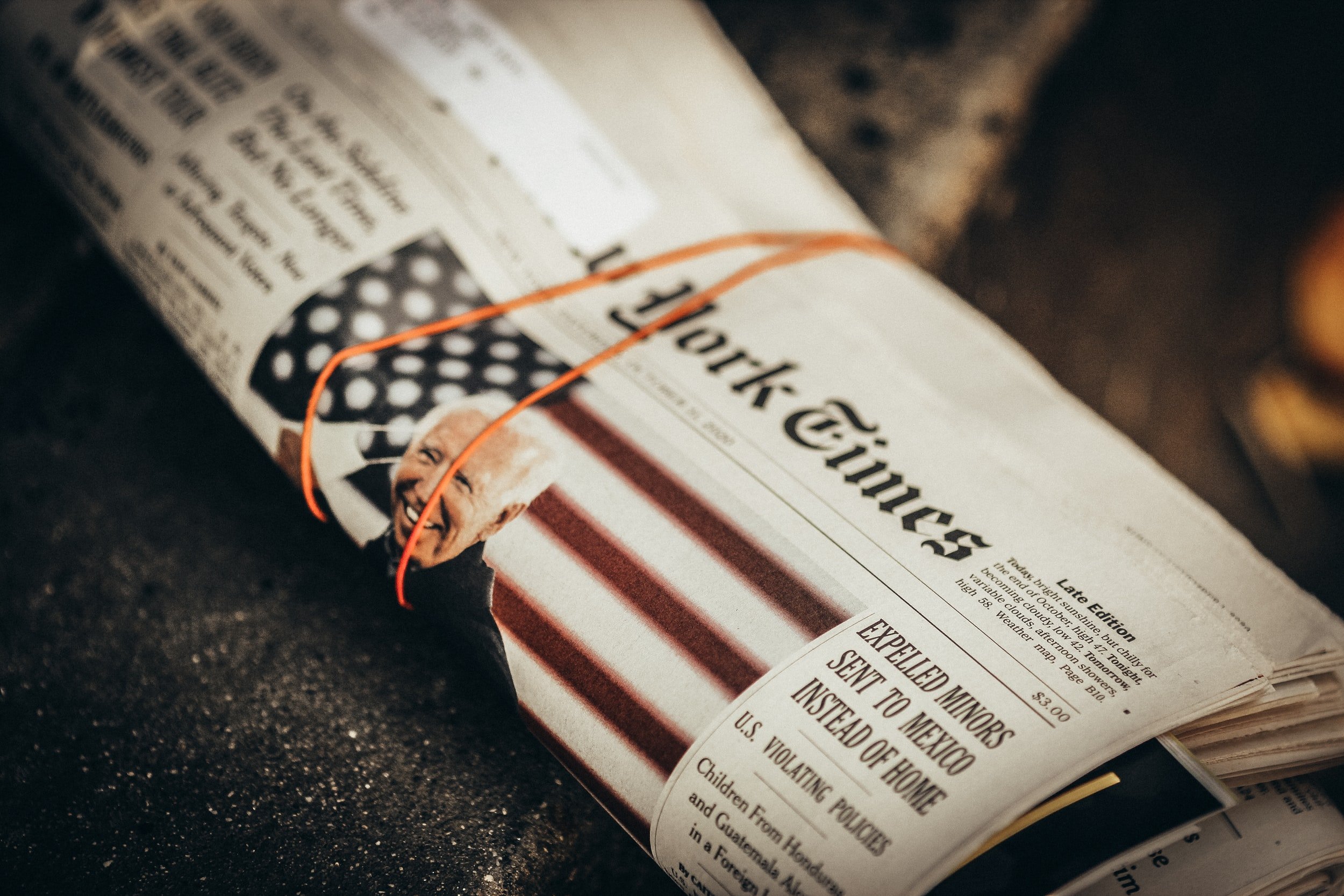NBC News reported on Wednesday that the Biden Administration announced plans to aid student loan borrowers through changes to current federal student loan programs. New additions to the program would curb interest rates for almost 41 million borrowers – the total amount of borrowers in the U.S.
“In a statement, the Department of Education said it was proposing to remove interest capitalization where it isn’t required by law, meaning that unpaid interest would not be added to the balance of the borrower’s total debt.
The proposal seeks to make it easier for students who were defrauded by for-profit colleges to get their debt forgiven, reversing a Trump administration restriction.”
The proposal comes amid calls for Biden to extend the student loan payment pause from over 180 organizations. Though the pause on student loans has been a life vest for millions of Americans throughout the duration of the pandemic, the White House has yet to confirm whether or not they plan to implement another extension.
Read the full article here.











